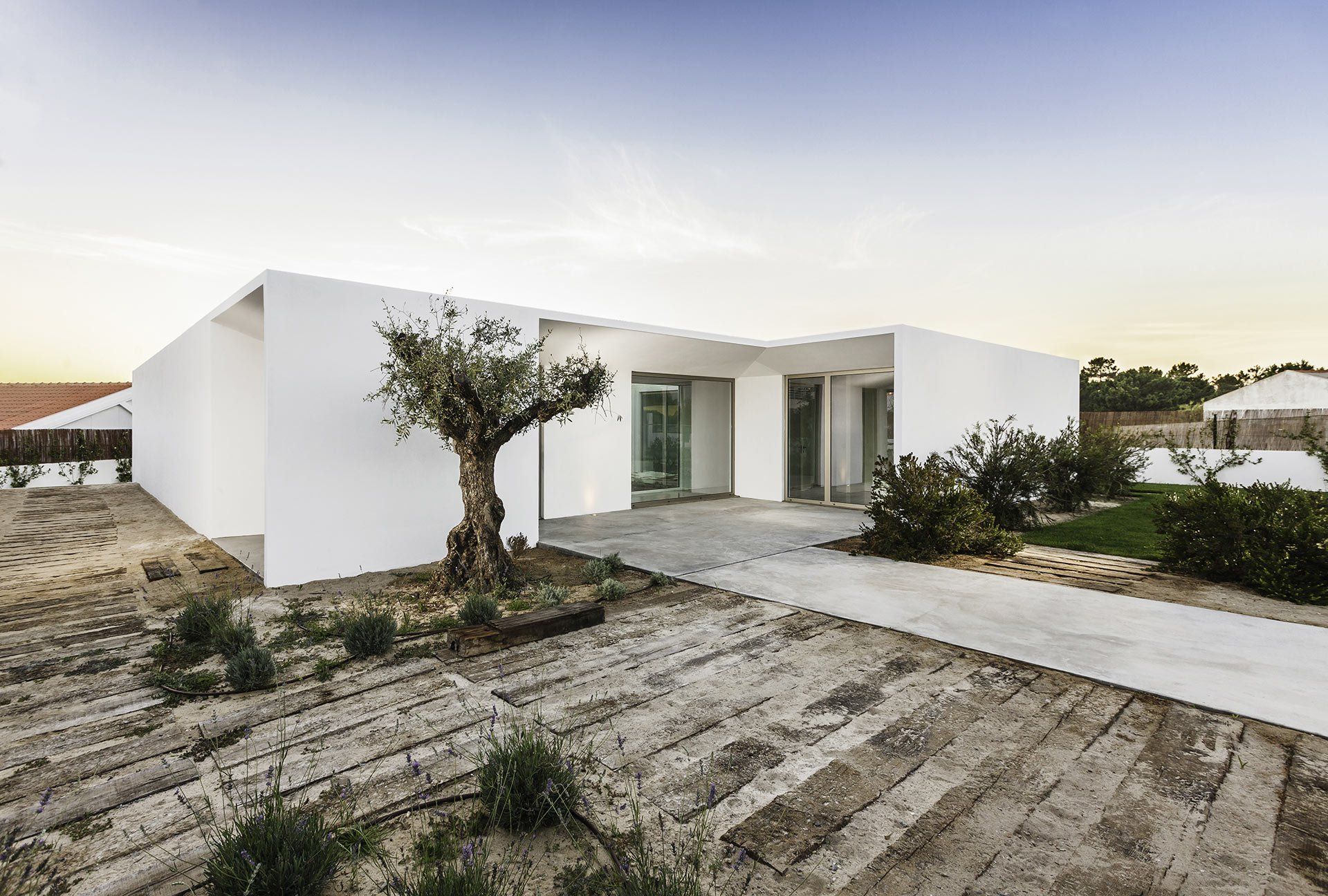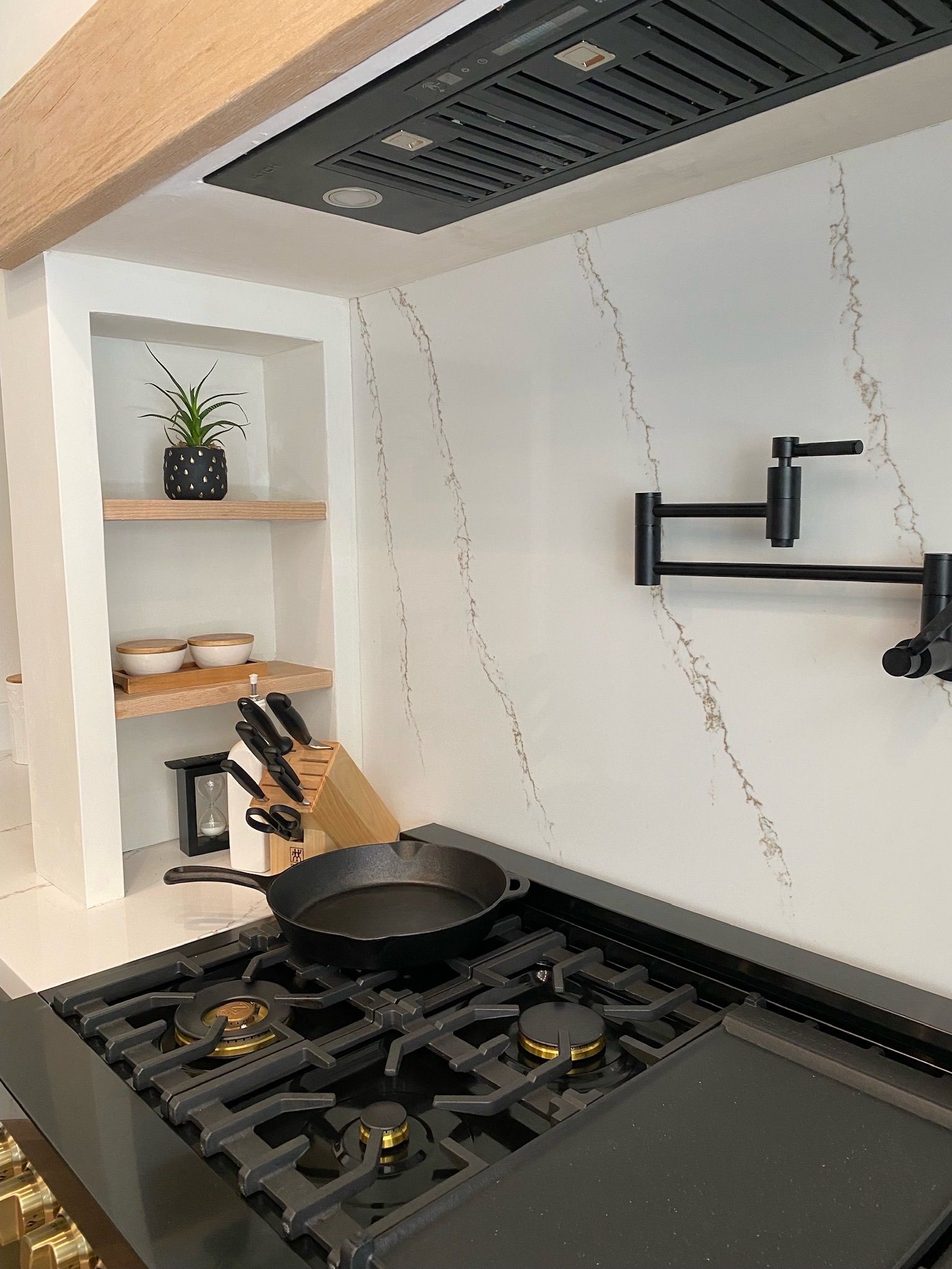Choosing the Perfect Countertop
A Comprehensive Guide for Homeowners
When designing your dream kitchen or bathroom, selecting the perfect countertop is one of the most crucial decisions. Your countertop choice can significantly impact your space's overall aesthetics and functionality. With a wide array of materials, styles, and finishes available in the market today, making the right choice can be daunting. That's where this comprehensive guide comes in to help you make an informed decision.
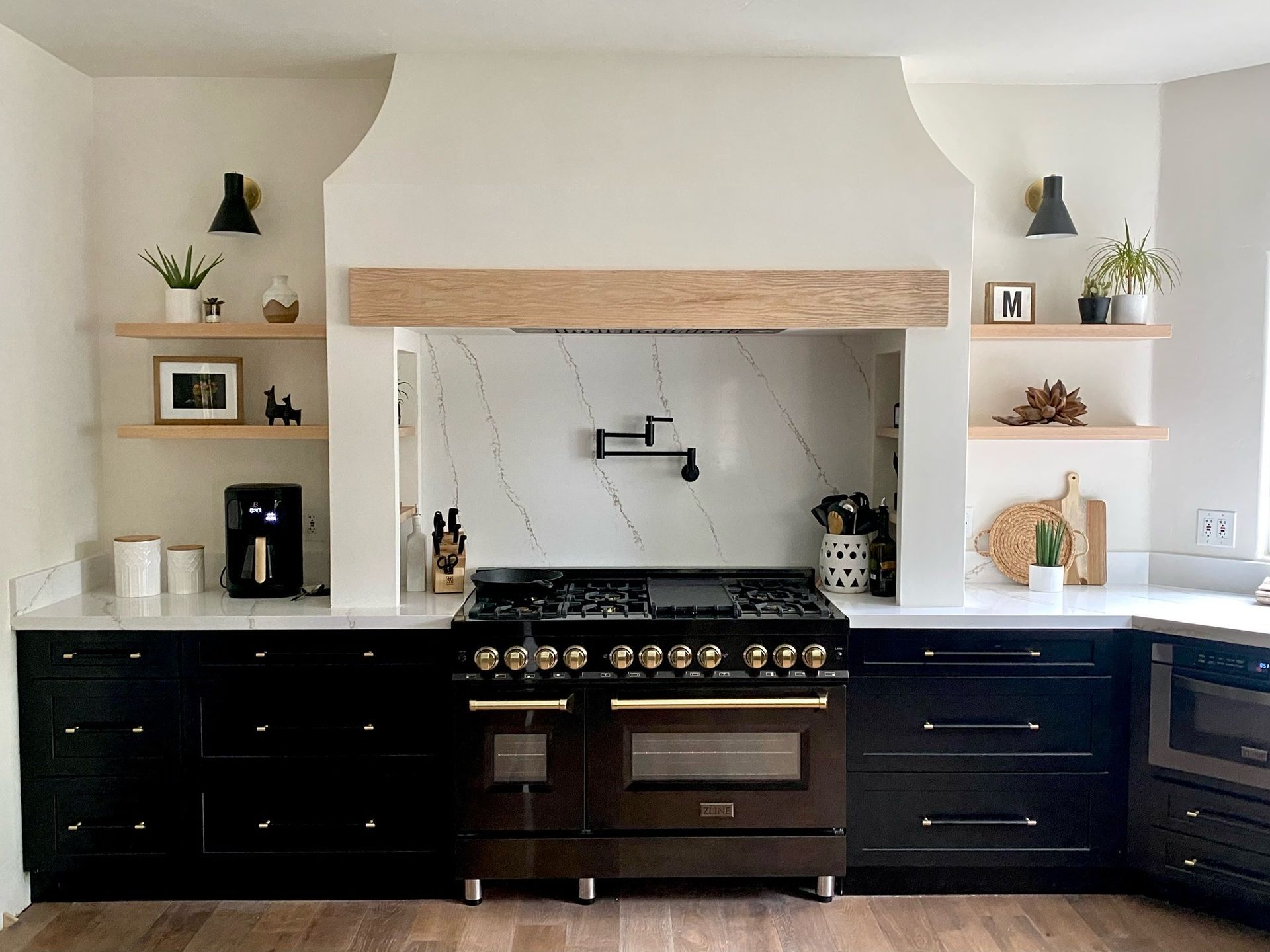
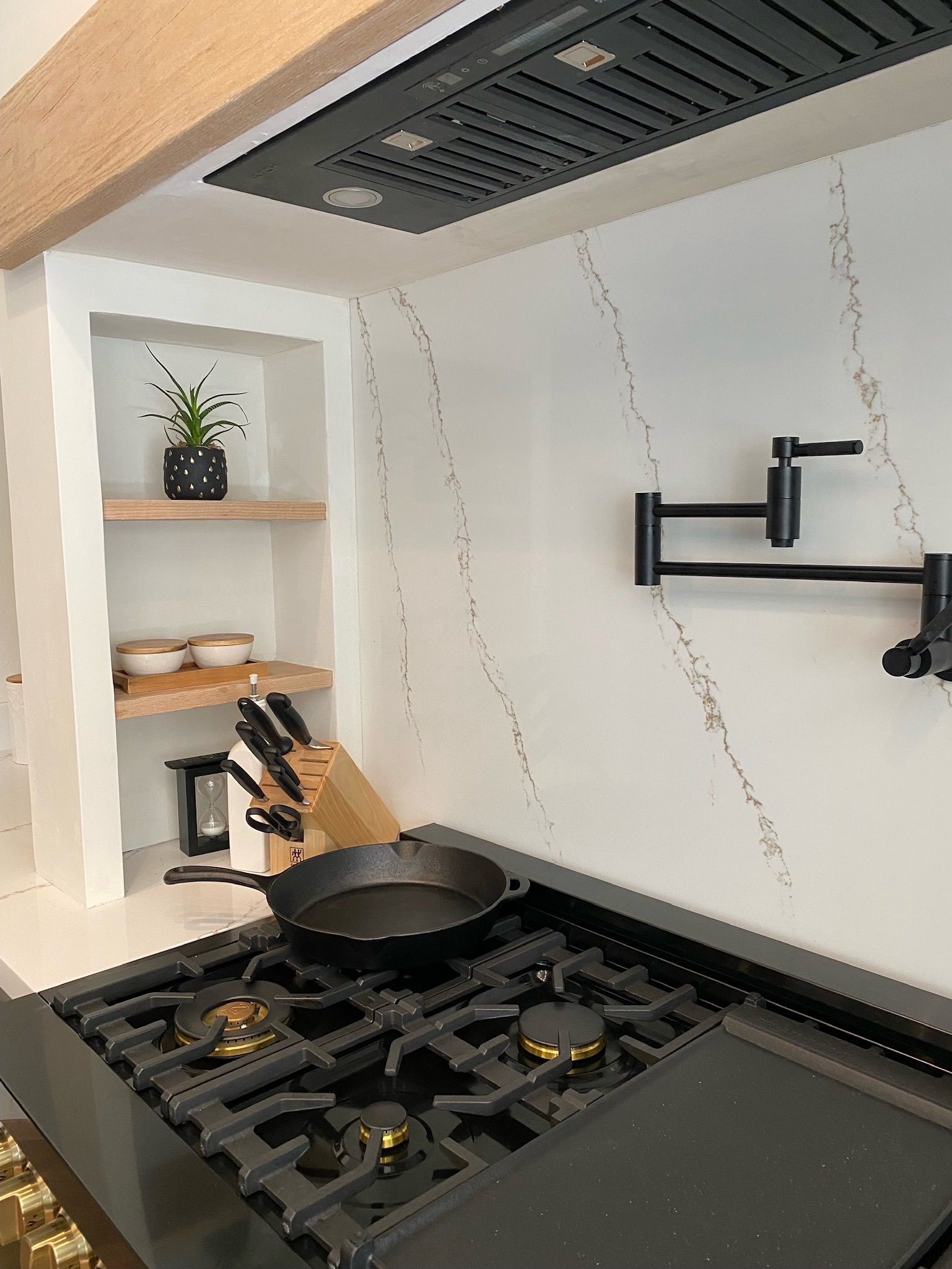
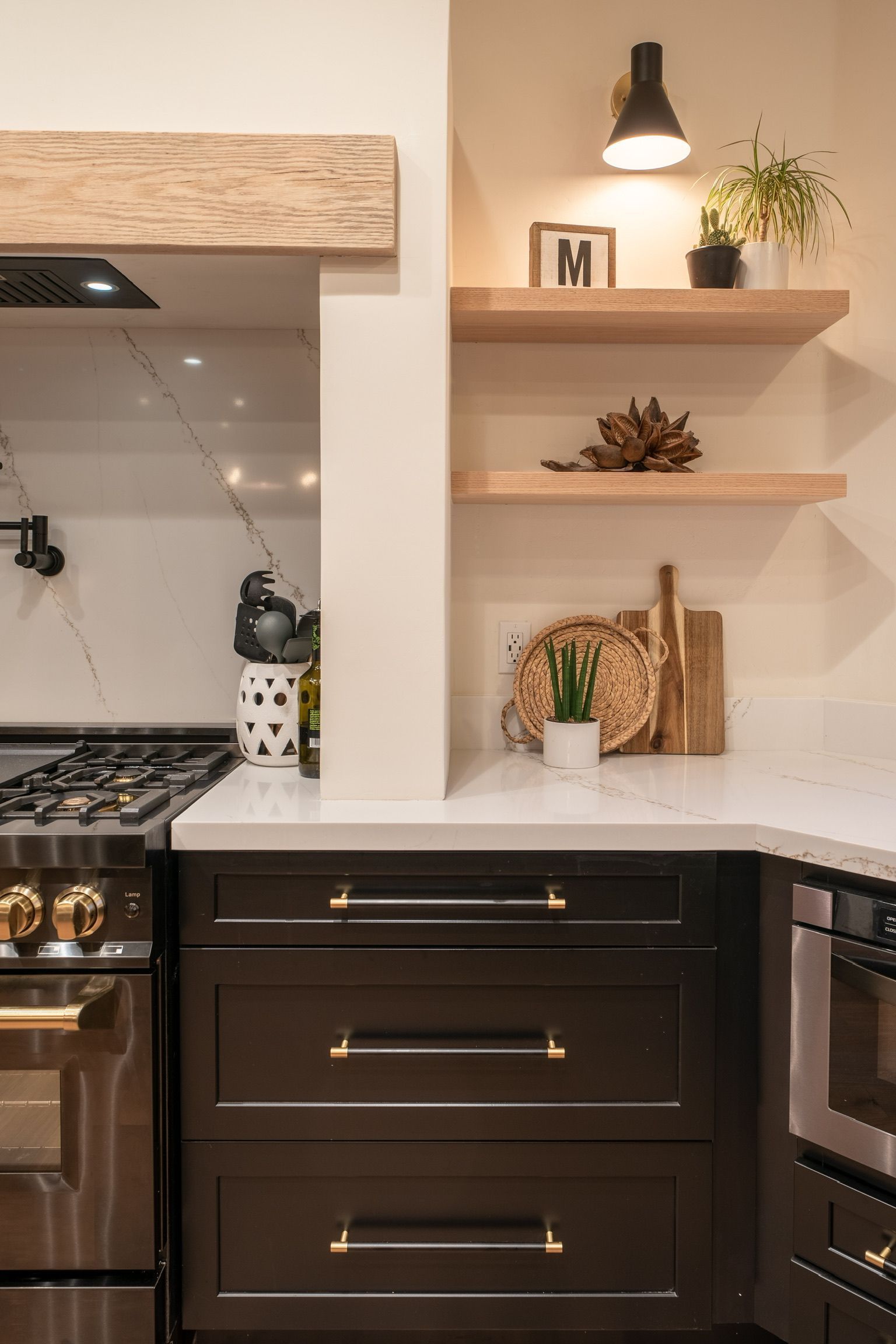
Understanding Your Needs
Before diving into the world of countertop options, it's essential to understand your specific needs and preferences. Ask yourself these questions:
- How will the countertop be used? Consider whether your countertop will primarily serve as a food preparation area, a focal point for entertaining, or a space for various activities.
- What's your budget? Countertop materials come in various price points, so it's crucial to establish a budget that aligns with your renovation or construction project.
- What's your style? Your countertop should harmonize with the overall design aesthetic of your home. Whether you prefer a classic, modern, rustic, or industrial look, there's a countertop material and style to match.
- Are you looking for low maintenance or willing to invest in upkeep? Some countertop materials require more maintenance, so consider how much time and effort you're willing to commit to keeping your countertops looking their best.
Countertop Materials
Granite
Granite countertops are a popular choice for homeowners seeking durability and natural beauty. Each granite slab is unique, offering various colors and patterns. Granite is heat and scratch-resistant but may require periodic sealing to maintain its integrity.
Quartz
Quartz countertops are engineered stone surfaces made from natural quartz crystals and resins. They offer exceptional durability and low maintenance, as they are non-porous and resistant to stains and bacteria. Quartz comes in various colors and patterns, making it easy to find one that suits your style.
Marble
Marble countertops exude elegance and timeless beauty. They are known for their smooth, veined appearance and come in shades of white, gray, and other colors. Marble is softer than granite and quartz, making it more susceptible to staining and scratching. However, many homeowners appreciate the patina that develops over time.
Solid Surface
Solid surface countertops like Corian are made from synthetic materials like acrylic or polyester. They offer a seamless look and are available in various colors and patterns. Solid surface countertops are easy to clean and repair but may not be as heat-resistant as natural stone.
Butcher Block
Butcher block countertops are perfect for adding warmth and a rustic touch to your kitchen. Typically made from hardwoods like maple or oak, they can withstand daily use with proper maintenance. Butcher block countertops require regular sealing and oiling to prevent drying and cracking.
Stainless Steel
Stainless steel countertops are the choice of professional chefs for their durability, heat resistance, and hygienic properties. They are sleek, modern, and easy to clean. However, they may scratch and dent over time, which some homeowners find adds character.
Concrete
Concrete countertops offer a unique and customizable option for homeowners looking for an industrial or modern look. They can be stained and sealed in various colors and patterns. While concrete is durable, it can crack over time if not correctly installed and maintained.
Countertop Styles and Finishes
Once you've chosen a material that aligns with your needs and preferences, it's time to consider the style and finish that will best complement your space. Here are some popular options:
- Polished: A shiny, glossy surface that enhances the natural beauty of materials like granite and marble.
- Honed: A matte finish that offers a more subtle and understated appearance, ideal for a contemporary or rustic look.
- Leathered: A textured finish that adds depth and character to your countertop while maintaining a matte appearance.
- Antiqued: Achieved through distressing techniques, this finish gives your countertop a weathered and aged appearance, perfect for a vintage or farmhouse style.
Conclusion
Selecting the perfect countertop for your home involves a careful balance of aesthetics, functionality, and budget. By understanding your specific needs and exploring the characteristics of different materials, styles, and finishes, you can make an informed decision that will enhance the beauty and functionality of your space for years to come. Whether you choose the timeless elegance of marble, the durability of quartz, or the warmth of butcher block, your countertop can become the centerpiece of your kitchen or bathroom, reflecting your unique style and personality.
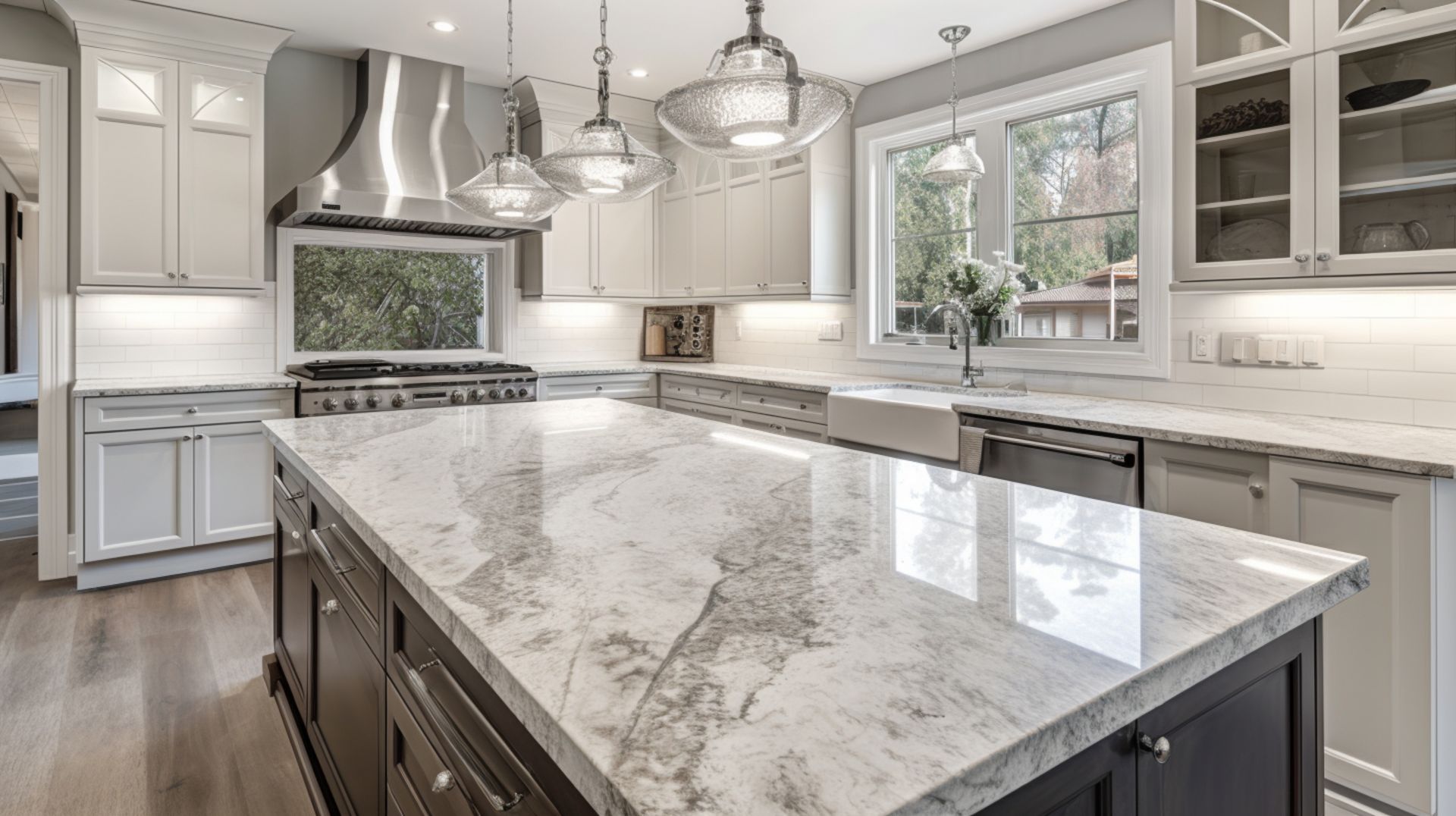
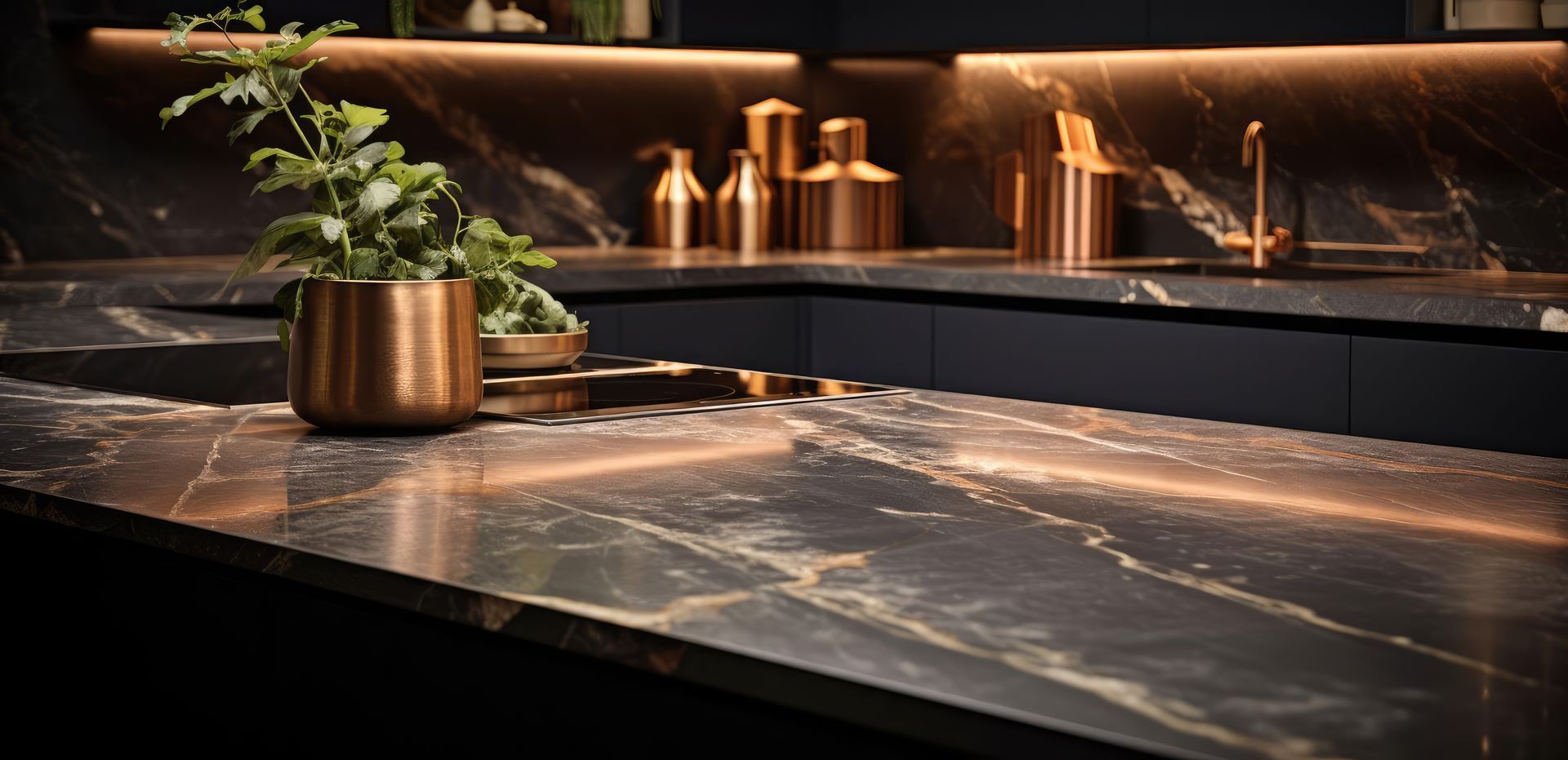

LOCATION
Showroom and Indoor Slab Yard
921 Poinsettia Ave Suite 7
Vista, CA 92081
Entrance (Grand Ave)
SHOWROOM HOURS
Monday – Friday: 8:30am to 5:30pm
Saturday: 10am to 3pm
REMNANT YARD
Monday – Friday: 11am - 3pm
by Appointments Only
© 2024 All Rights Reserved | Blackstone Granite & Marble Inc. | Website Design by GoBeRewarded

